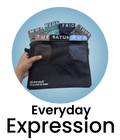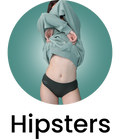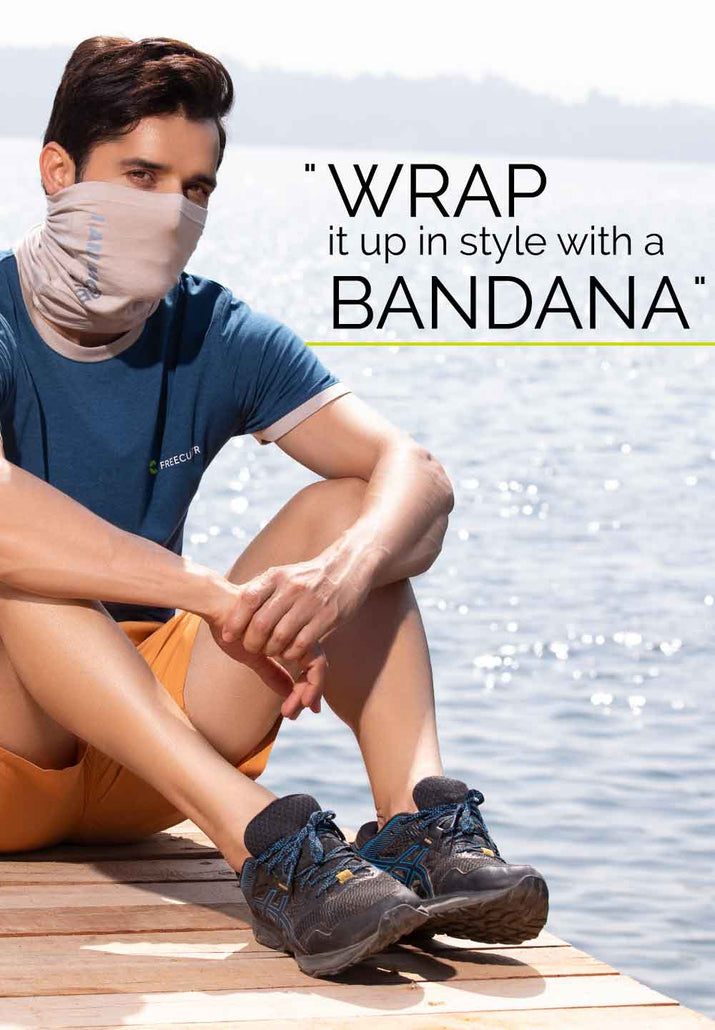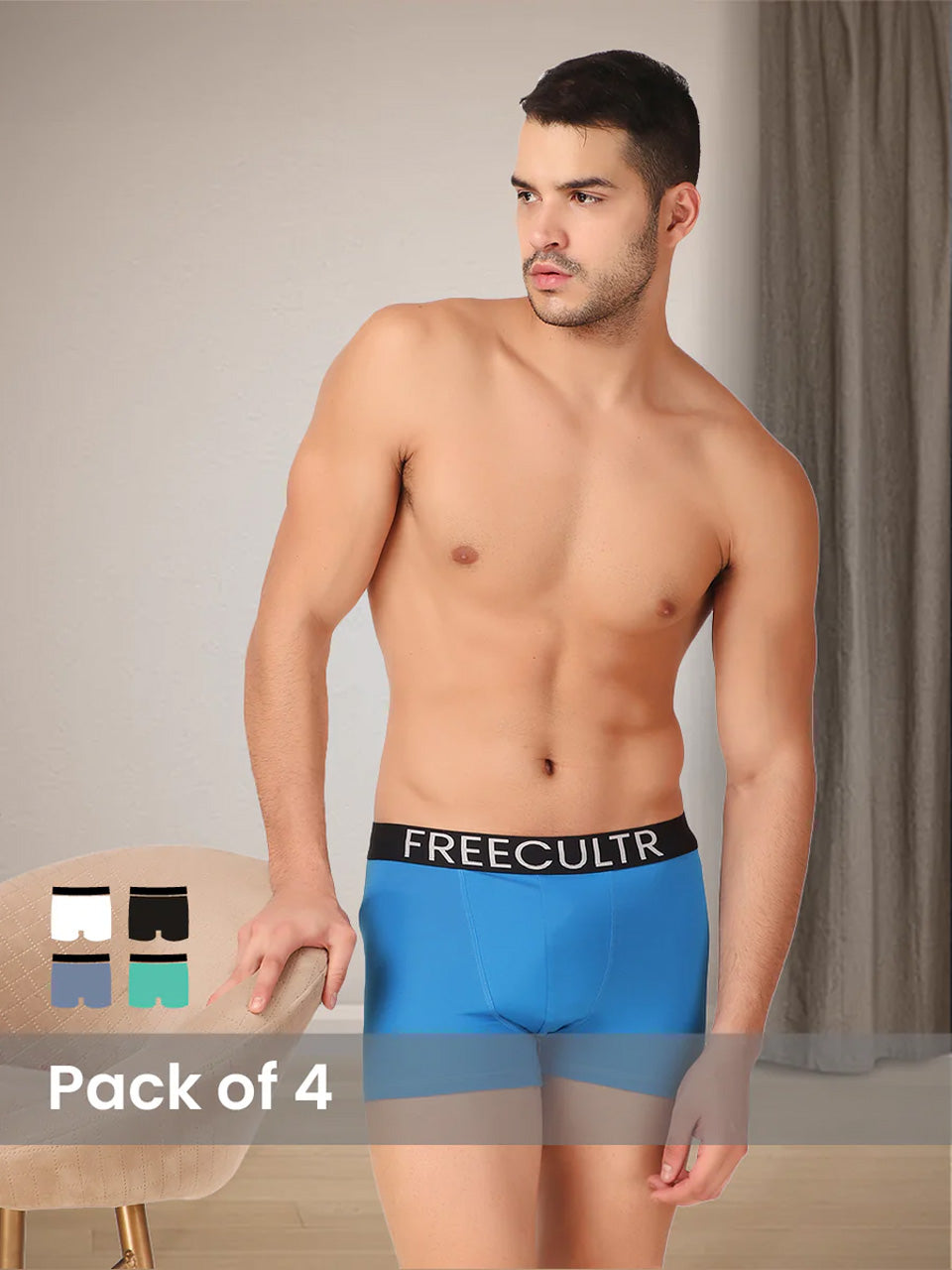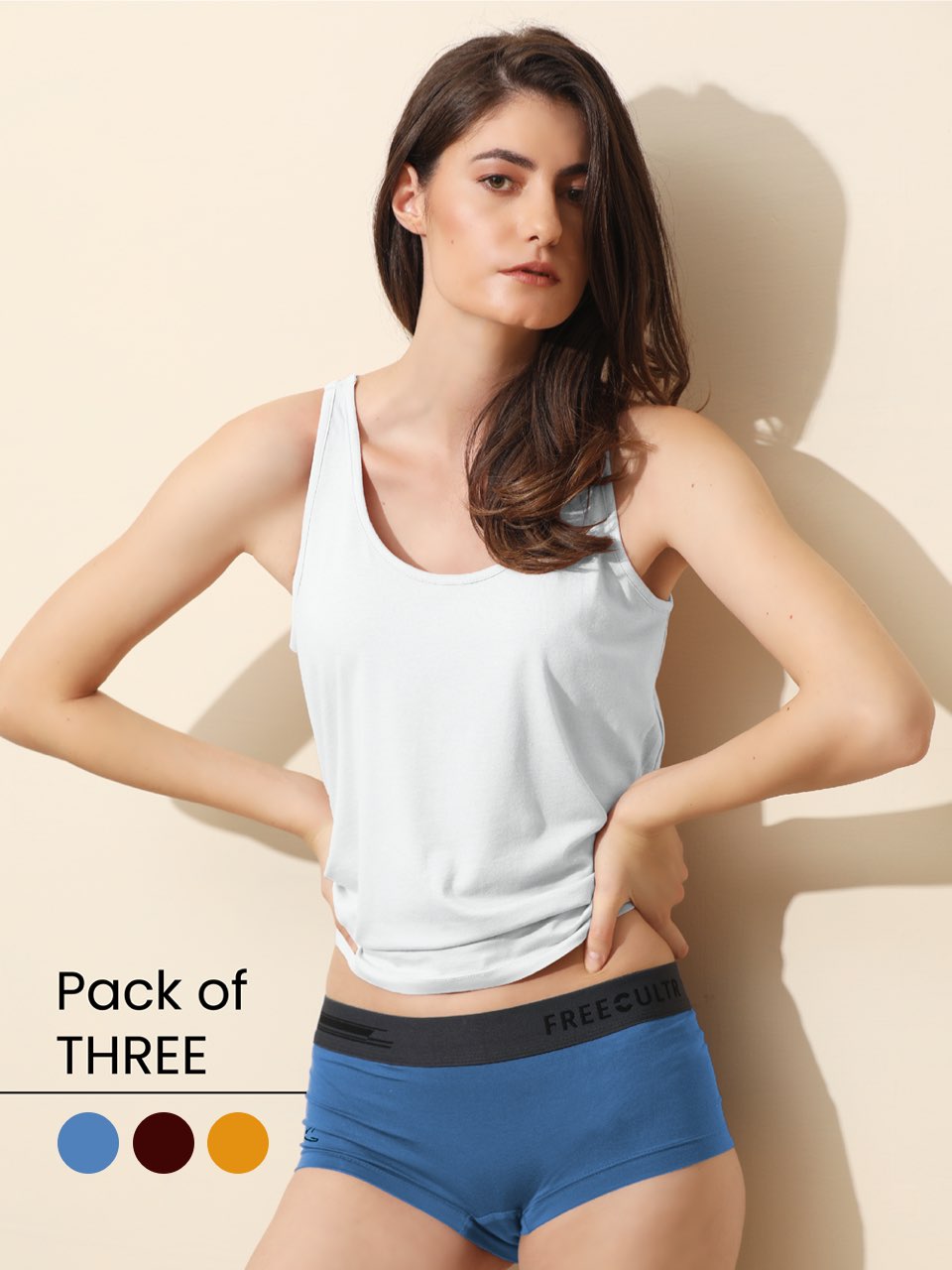Dust, sun. The unexpected – modern life demands adaptability. The printed bandana face mask is no longer just a Wild West accessory; it's a versatile tool for urban survival. As mask mandates evolve, personal expression within safety guidelines is trending. Beyond simple filtration, these bandanas offer a canvas for personal style, reflecting individual identity while providing a barrier against particulate matter. Discover how these printed bandanas seamlessly blend fashion and function, offering practical protection and a bold statement, especially as outdoor activities and personal safety concerns intertwine in our daily lives.

The Enduring Appeal of the Bandana
The bandana, a simple square of fabric, boasts a surprisingly rich history. Originally a practical item for laborers to wipe sweat and protect from dust, it has evolved into a versatile accessory embraced by cowboys, rebels. Fashion icons alike. Its enduring appeal lies in its functionality, affordability. The ease with which it can be adapted to reflect personal style. In the realm of menswear, the bandana serves as a subtle yet impactful statement piece.
Why a Printed Bandana Makes a Great Face Mask
In recent years, the bandana has found new relevance as a makeshift face covering. While not a substitute for medical-grade masks, a bandana can offer a degree of protection against dust, pollen. Airborne particles. Several factors contribute to its suitability:
- Breathability: Bandanas are typically made from cotton or a cotton blend, allowing for relatively easy breathing compared to synthetic materials.
- Versatility: A bandana can be folded and tied in various ways to create different levels of coverage and fit.
- Style: With a wide array of prints and colors available, bandanas offer a stylish alternative to plain face masks.
- Reusability: Bandanas can be easily washed and reused, making them an environmentally friendly option.
- Accessibility: Bandanas are readily available and generally inexpensive.
crucial to note to acknowledge the limitations. A single-layer bandana offers minimal filtration compared to surgical masks or N95 respirators. For situations requiring a higher level of protection, consider using a bandana as a cover for a more effective mask or folding it multiple times to increase the number of layers.
Understanding Fabric Types for Bandanas
The effectiveness and comfort of a bandana face mask depend largely on the fabric used. Here's a breakdown of common materials:
- Cotton: The most common choice, cotton is breathable, absorbent. Easy to care for. But, it may shrink after washing and doesn't dry quickly.
- Cotton Blend (e. G. , Cotton-Polyester): Blends offer a balance of comfort and durability. Polyester adds wrinkle resistance and faster drying times.
- Silk: While luxurious, silk is delicate and may not be as durable for everyday use as a face mask. It also requires more careful washing.
- Linen: Linen is breathable and absorbent but wrinkles easily.
For optimal comfort and protection, choose a tightly woven cotton or cotton blend bandana. Avoid fabrics that are too thin or loosely woven, as they will offer minimal filtration.
Print Technologies and Their Impact on Bandana Quality
The print on a bandana isn't just about aesthetics; it also affects the fabric's feel and durability. Different printing methods yield varying results:
- Screen Printing: A traditional method where ink is pressed through a stencil onto the fabric. Screen printing produces vibrant colors and durable prints. It can make the fabric feel slightly stiffer, especially with large, solid designs.
- Digital Printing (Direct-to-Garment - DTG): This method uses inkjet technology to print directly onto the fabric. DTG printing allows for intricate designs and photographic images. The print feels softer than screen printing. But, the colors may not be as vibrant or long-lasting, especially after repeated washing.
- Dye Sublimation: This process involves printing the design onto a special paper and then using heat and pressure to transfer the ink to the fabric. Dye sublimation produces permanent, vibrant prints that won't fade or crack. The fabric retains its original feel and drape. But, dye sublimation is best suited for polyester fabrics.
When selecting a printed bandana, consider the printing method and its impact on the fabric's texture and durability. If you prioritize a soft feel and intricate designs, DTG printing might be a good choice. If you want vibrant colors and a long-lasting print, screen printing or dye sublimation (on polyester) are better options.
Folding and Tying Techniques for Optimal Face Coverage
The effectiveness of a bandana face mask depends on how well it covers your nose and mouth. Here are a few popular folding and tying techniques:
- The Bandit: Fold the bandana in half diagonally to form a triangle. Place the long edge across your nose and mouth, tie the two corners behind your head. Adjust the point of the triangle to cover your chin. This is the classic bandana style.
- The Headband/Neck Gaiter: Fold the bandana in half lengthwise. Wrap it around your neck and pull it up over your nose and mouth when needed. This method is convenient for quick adjustments and provides extra warmth in cold weather.
- The Mask Fold: Fold the bandana in half, then fold it in thirds. Place the folded bandana across your nose and mouth and secure it with elastic bands or hair ties around your ears. This method creates multiple layers of fabric for increased filtration.
Experiment with different techniques to find the one that provides the best fit and coverage for your face shape.
Real-World Applications: Beyond Dust Protection
While primarily used for dust protection and as a general face covering, printed bandanas have several other practical applications:
- Outdoor Activities: Hiking, biking. Camping – a bandana can protect your face from sun, wind. Insects.
- Motorcycling: Bandanas are a popular choice for motorcyclists to protect their faces from wind and debris.
- Work Environments: Construction workers, landscapers. Other outdoor laborers often use bandanas to shield themselves from dust and dirt.
- Fashion Statement: A bandana can be a stylish menswear accessories, adding a touch of personality to any outfit.
- Emergency Situations: In situations where clean water is scarce, a bandana can be used as a makeshift filter.
Caring for Your Printed Bandana Face Mask
Proper care will extend the life of your printed bandana and maintain its effectiveness as a face mask. Follow these guidelines:
- Washing: Wash your bandana regularly after each use. Machine wash in cold or warm water with a mild detergent.
- Drying: Tumble dry on low heat or hang to dry. Avoid high heat, which can damage the fabric and cause the print to fade.
- Ironing: If needed, iron on a low setting. Avoid ironing directly on the printed area.
- Storage: Store your bandana in a clean, dry place.
By following these care instructions, you can keep your printed bandana face mask clean, comfortable. Stylish for years to come.
Legal and Ethical Considerations
While bandanas are generally permissible as face coverings, it's essential to be aware of local regulations and guidelines. Some areas may have specific requirements for face masks, such as the type of material or the level of filtration required. Always check with local authorities to ensure compliance.
Moreover, it's crucial to respect the cultural significance of bandanas. In some communities, certain colors or patterns may have specific meanings or associations. Be mindful of these cultural nuances and avoid wearing bandanas that could be interpreted as offensive or disrespectful.
To wrap things up, the printed bandana offers a versatile and stylish option for dust protection and general face covering. By understanding the different fabric types, print technologies. Folding techniques, you can choose a bandana that meets your needs and reflects your personal style. Remember to prioritize safety, comfort. Cultural sensitivity when using a bandana as a face mask.
Conclusion
The printed bandana face mask is more than just a trend; it's a statement of adaptable style meeting essential protection. You've learned how this simple accessory can transition from a dust shield on a construction site to a fashionable accent at an outdoor concert, all while expressing your unique personality. Think of it as your personal canvas – a chance to showcase your taste while prioritizing your well-being. Now, the key is implementation. Don't just let your bandana sit in a drawer. Experiment with different folds and tying techniques to find what suits your face shape and activity. For example, a tighter knot might be ideal for dusty environments, while a looser style works better for casual wear. Remember to prioritize breathability and wash your bandana regularly to maintain hygiene. The success metric? Confidence and comfort, knowing you're both protected and stylish. Embrace the versatility. Let your bandana be a reflection of your resourceful and stylish self.
More Articles
Men's Cotton Comfort Vests vs Truly Classic T-Shirts: Pros and Cons
Ethnic Sling Bag For Women India – Vibrant Colors & Traditional Design
Leather Sling Bag Women India – Durable Material & Versatile Style
Women's Cotton Boxers For Anti Chafing – Breathable Comfort & All-Day Freshness
FAQs
So, what exactly is a printed bandana face mask good for?
Think of it as your everyday shield! It's great for keeping dust and wind off your face, especially if you're biking, hiking, or just out and about. Plus, the printed designs add a bit of style to your look.
Is this bandana face mask actually effective as a face covering, you know, for that?
Well, it's essential to remember that a bandana isn't a medical-grade mask. It can offer some level of protection and help prevent you from spreading droplets. It's not the same as an N95 or surgical mask. It's better than nothing. Manage your expectations!
How many ways can I actually wear one of these things?
Tons! Seriously, you can rock it as a neck gaiter, a headband, a wristband, a beanie, a hair tie, or even just a regular bandana tied around your head. Get creative!
What's the material like? Is it comfy?
Most are made from a lightweight, breathable fabric like polyester microfiber. It should feel soft against your skin and won't make you overheat. Look for descriptions that mention breathability to ensure comfort.
Can I wash this bandana face mask, or is it a one-time use deal?
Definitely washable! You'll want to wash it regularly to keep it clean and fresh. Just toss it in with your other laundry. You're good to go. Check the care instructions. Generally, a gentle cycle is best.
Will the print fade after a few washes?
That depends on the quality of the printing! Higher-quality bandanas use printing techniques that are more resistant to fading. Look for descriptions that mention 'durable printing' or 'fade-resistant' to be on the safe side.
Are these things one-size-fits-all, or am I going to end up with something that's way too small?
They're generally designed to be one-size-fits-most. The stretchy fabric helps. But, if you have a particularly large head, you might want to check the dimensions just to be sure it'll be comfortable.

